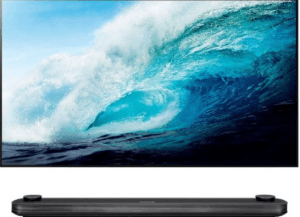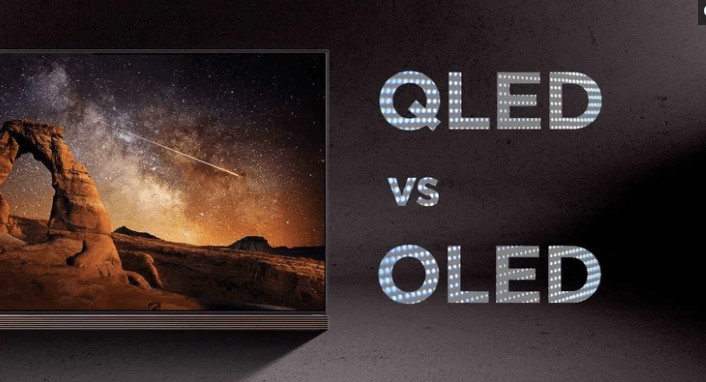QLED and OLED: When it comes to new television technologies, the little lines that turn “O” into “Q” have changed dramatically. Samsung, the world’s No. 1 television maker, is now in the form of a new, unfamiliar abbreviation, “QLED.”
Meanwhile, its main competitor LG, the world’s second-largest TV maker, will continue to sell its product called “OLED.” Philips, Panasonic, and Sony are also selling OLED TVs, but all the panels are produced by LG Display.
OLED-based TVs are still the best we’ve tested on our side by side reviews, and they are all better than QLED TVs we’ve reviewed, with Samsung Q7 outperforming the broader market.
Q: Is Samsung trying to get rid of most of the positive reputations of OLEDs by making the latest television almost identical?
I ask Samsung. Instead of answering my question directly, the company representative replied in a statement:
“QLED stands for Quantum Dot LED TV and today there will be many different types of quantum dot display technologies, and some new architectures may appear in the future, and QLED includes all of these architectural changes. OLEDs come in a variety of architectures.”
OLED’s can use inactive or active backplanes and emissive layers that consist of white emitters and RGB or RGBW filters, or direct RGB emissive materials and no color filters, however, These are classified as “OLED”
Also See: LED vs. LCD
WHAT IS QLED?
QLED TVs are just LED TVs that use quantum dots to improve the performance in key image quality areas. For example, Samsung claims that its QLED TVs provide brightness levels that meet and exceed any competing television technology, provide better black levels than other LED TVs, and can reproduce more colors than LED TVs without quantum dots.
how about it? A quantum dot is almost like a filter, producing purer light than a pure LED can provide. This is complicated, so we use different articles to explain all the science behind QLED.
To meet the Ultra HD Alliance’s Ultra HDTV standards, most LED TVs must use quantum dots in some way. Because quantum dots are now widely used on high-quality TVs, Samsung believes that if every manufacturer starts calling them QLED TVs, it will reduce confusion. The goal is to distinguish it from a pure LED TV and push it toward the OLED, as Samsung currently has no plans to produce OLED TVs. However, the company has its own answer to OLEDs in the form of micro-LEDs. This is an independent technology with the QLED TV, so it will not be covered here, but based on what we saw at 2018, micro-LEDs could bring some serious competition for OLEDs, especially in terms of brightness and blackness.
WHAT IS OLED?
OLED stands for Organic Light Emitting Diode. In short, organic light-emitting diodes (OLEDs) are made of organic compounds that emit light when they are powered and are therefore light-emitting displays. A single OLED is one pixel in size, so millions of OLEDs need to be lit and off individually to fill the television screen. Due to this flexibility, when the OLED TV’s pixels are turned off, they are completely off and appear completely black. Although QLED TVs can be made very thin, OLED TVs can be made thinner and even more flexible.

OLED vs QLED:
From the image quality point of view, OLED ranked first, although the latter technology has made significant progress in the old-fashioned LED TV. OLEDs are lighter, thinner and use less energy, providing the best view so far, at a fraction of the cost, but at a much lower price.
QLED has its unique advantages in terms of brightness, and black levels have also improved with recent adjustments. For many people, the QLED TV will make more sense because QLED, which is watched during the day, will provide a more interesting picture. But when the light goes out, OLED is a more attractive option.
Winner: OLED

Final Verdict
How far these next-generation QLEDs are, so now a TV buyer has to choose the best and the best compromise for their tastes.
From the evidence we have seen so far for these combinations, the more natural and realistic images provided by OLEDs outweigh the QLED’s awesomeness.
However, due to Samsung’s current product range costs significantly lower than the OLED in 2017, the QLED screen is still a striking case.




